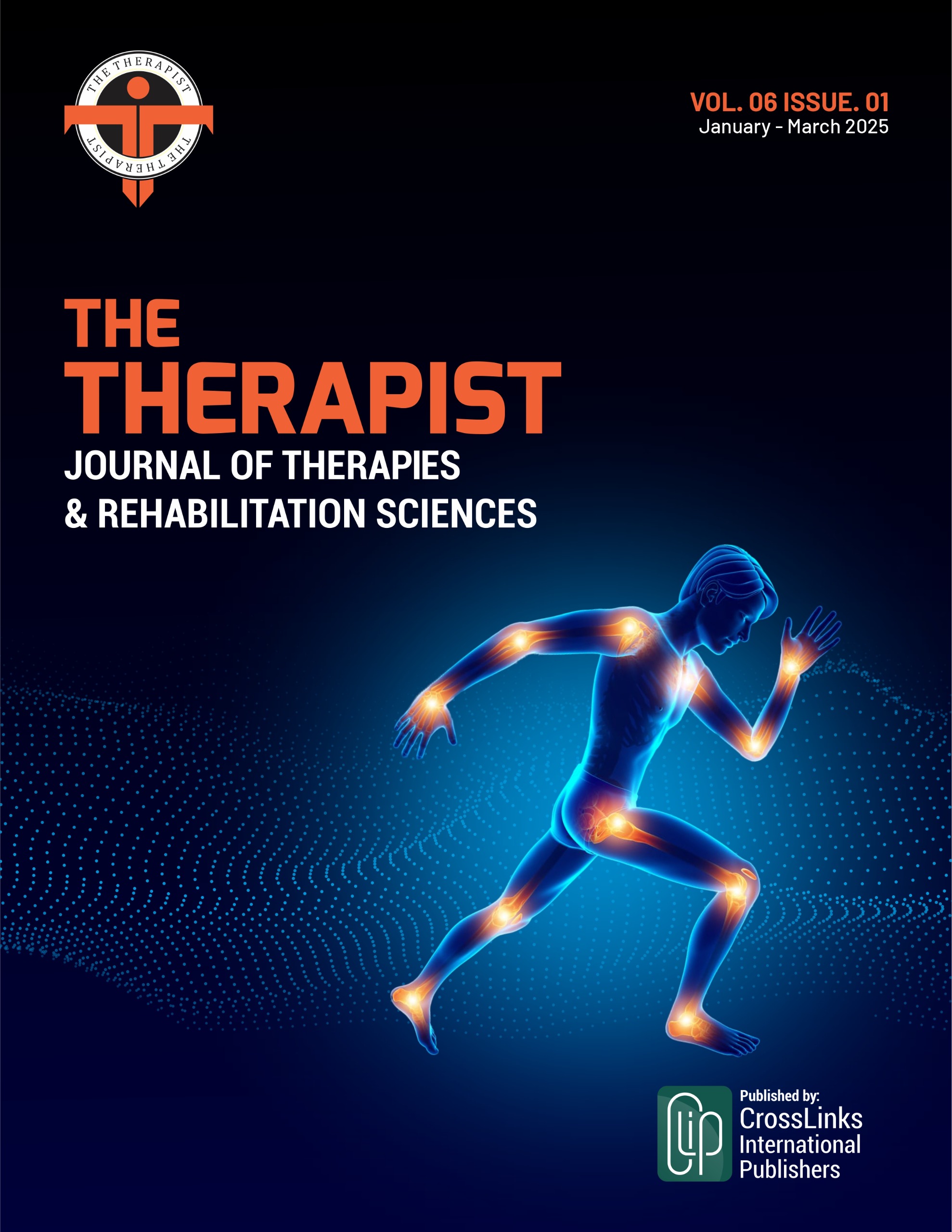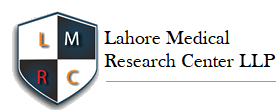Mapping Pain: A Journalist's Guide to Chiropractic Healing
DOI:
https://doi.org/10.54393/tt.v6i1.247Abstract
The story of sciatica is a human-interest story on a profound scale, one that calls for more excitement than clinical observation can provide. Chiropractic care becomes an intriguing way to explore and tackle sciatic nerve pain as healthcare joins narrative in journalism.
Pain as a text has been written in traditional biomedical narratives in the form of a symptom to be treated or attenuated. Chiropractic in offering reads an editorial perspective as radical: seeing the experience of the patient as a story of healing in its fullness, and not as a medical case file.
The investigative elements are remarkable. What triggers sciatic pain? How are environmental, occupational and lifestyle factors involved in the development of this common condition? These questions solve a medical issue in terms of a rich, complex narrative of human experience.
Spinal manipulations are removed from being mere technical procedures and turn into interviews with the body, to find out what the body wants to say, to narrate realignment, stress and potential recovery. Fundamental premise is knowing body’s structural ability to heal when equilibrium has been restored.
Just like in a journalistic piece, sources are beginning to show that they have compelling evidence. Recent clinical studies finally document significant improvements in patient outcomes, contradicting previous medical narratives and providing new views on pain management.
Modern chiropractic care includes methods that go past spinal manipulation alone. Treatment plans that integrate exercises work with soft tissue therapy to show patients how to use their workspace better plus help them lead better lives. The comprehensive treatment plan gives patients the tools they need to join their recovery process.
The medical methods of healthcare share major similarities with how professional journalists work. Chiropractic work aligns with journalism’s methods because both depend on keen interest, good listening skills, extensive study, and determined exploration for facts. They want us to study deeper into issues than basic facts and go straight to total information discovery. Chiropractors need to partner with medical experts who build special care plans using patient stories and health results.
Our shared purpose goes beyond recording symptoms because we function as healthcare experts and professionals who craft stories. We have to create new forms of treatment that return patients to their former health while keeping alive their wish for recovery. Through chiropractic care, patients receive a form of treatment that aligns with a distinct way of perceiving health based on how different aspects of life affect each other.
Accepting whole-person views turns pain treatment into a human-led process of regaining health and comprehending the healing experience.
References
.
Downloads
Published
How to Cite
Issue
Section
License
Copyright (c) 2025 THE THERAPIST (Journal of Therapies & Rehabilitation Sciences)

This work is licensed under a Creative Commons Attribution 4.0 International License.
This is an open-access journal and all the published articles / items are distributed under the terms of the Creative Commons Attribution License, which permits unrestricted use, distribution, and reproduction in any medium, provided the original author and source are credited. For comments editor@thetherapist.com.pk










